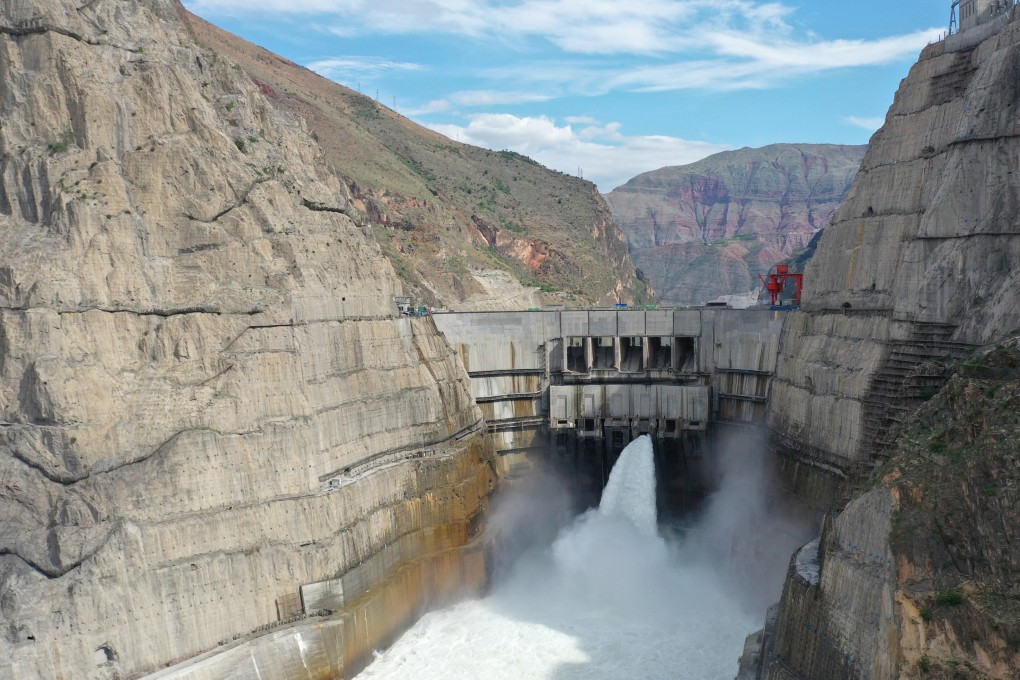China’s latest Yangtze mega dam powers up all units as country banks on hydropower to curb greenhouse gases
- The Wudongde dam is one of the world’s biggest hydroelectric stations and will help meet a pledge to become carbon neutral, according to the project director
- The plant on the Jinsha River, as the upper reaches of the Yangtze are known, will help ‘safeguard power supplies’ in the Greater Bay Area

All units at a major Chinese dam designed to send power from the Yangtze valley in the southwest to the most populous parts of the country have started generating electricity, state media reported on Wednesday.
The station will generate an average of 38.9 billion kilowatt hours of electricity a year after it goes into full operation, the equivalent of burning 12.2 million tonnes of coal – or enough to save 30.5 million tonnes of carbon dioxide emissions, according to the state broadcaster CCTV. One day’s output alone would be enough to meet the energy needs of 300,000 people for a year.
Since the first batch of power units started running last June, the station has produced 24 billion KWH, enough for a city of 8.5 million people for eight months, CCTV added.